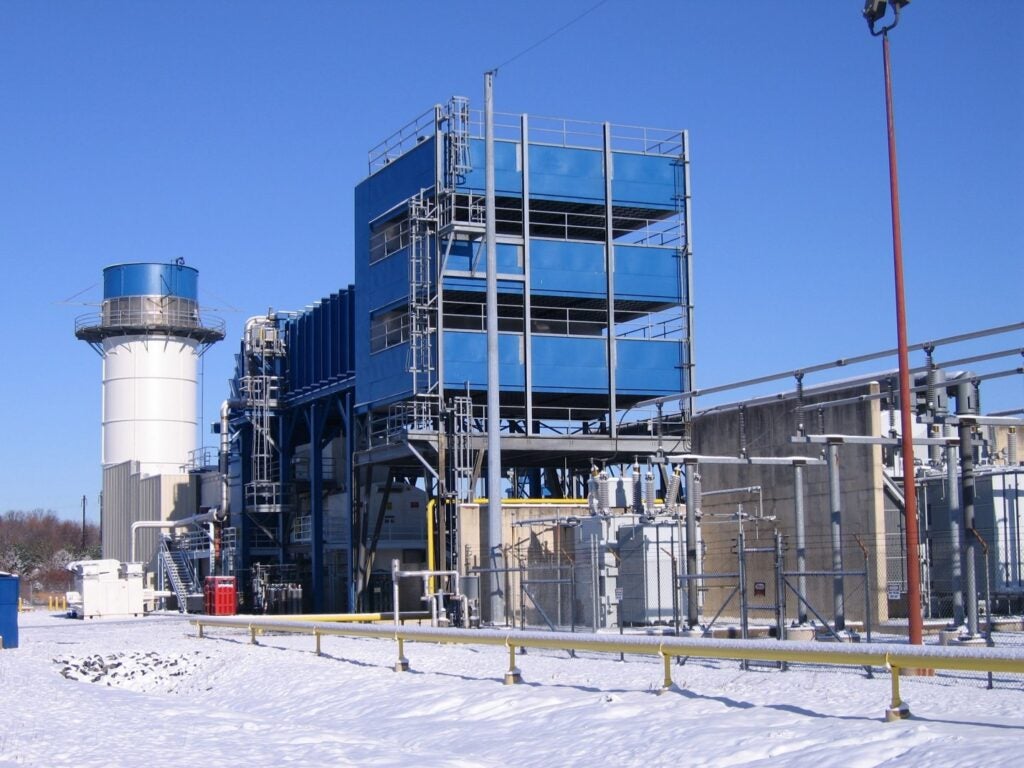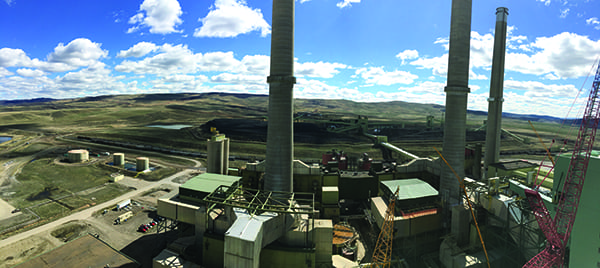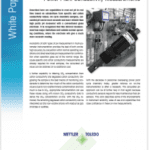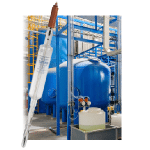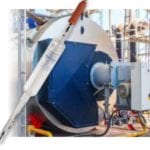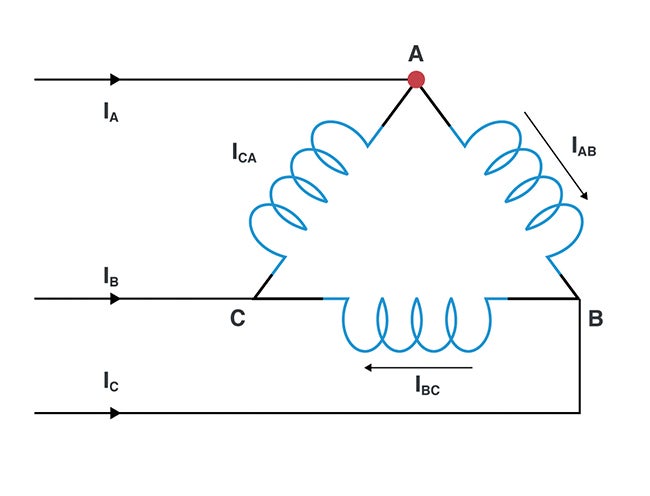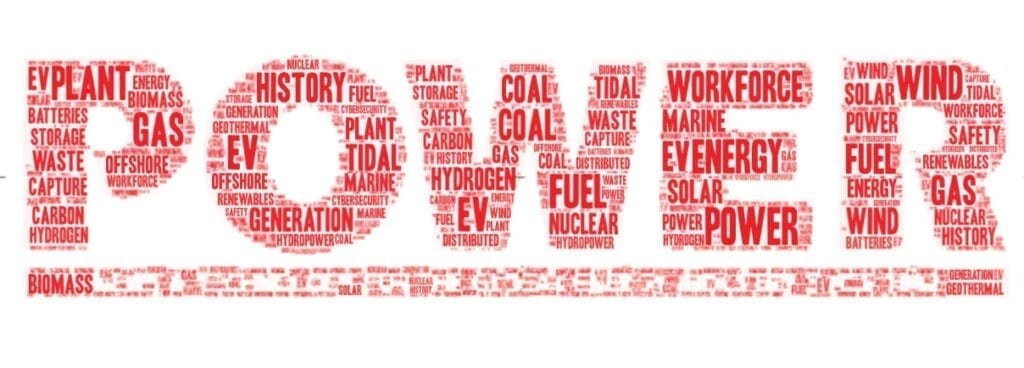The concept and practice of calculating pH, carbon dioxide, as well as anion concentrations from conductivity measurements has been available for a number of years. But it typically required a separate computer diagnostic system. Further, previous instrumentation that could calculate pH was limited to only two conductivity sensors and analog outputs.
For cycle chemistry samples, calculated pH can be more accurate and more reliable than high purity pH measured with a conventional glass electrode. However, it is recognized that this inferred measurement has major limitations well outside normal operating conditions, where the electrode will give a much more accurate reading.
Availability of both types of pH measurement in multi-parameter, digital instrumentation provides the best of both worlds: high accuracy by calculation within normal operating conditions, and direct electrode pH measurement for confirmation when operation goes out of the normal range. Because specific and cation conductivity measurements are already required for most samples, the calculated pH value can be obtained at no additional cost.
The white paper covers the underlying scientific principles that allow for the generation of calculated pH, CO2, and anion values, based on three conductivity measurements. It also explains how cutting-edge instruments provide convenient, mix-and-match flexibility to meet the particular requirements of a monitoring location. Highlights of the white paper include:
Issues in deriving pH from conductivity measurements:
- Generating a calculated carbon dioxide value from specific, cation and degassed cation conductivity measurements
- The role multi-parameter transmitters play in determining and displaying calculated pH, calculated CO2 and calculated anion concentration.

![]()
Check out this new video on how to use conductivity measurements to calculate pH in high purity water when there are not enough ions to generate a pH response:
Learn more about m800 Multi-parameter Transmitter www.mt.com/M800
Check THORNTON’s solutions to water monitoring: www.mt.com/thornton
Visit METTLER TOLEDO Process Analytics website: www.mt.com/pro
Find METTLER TOLEDO on Facebook: www.facebook.com/mettlertoledo






